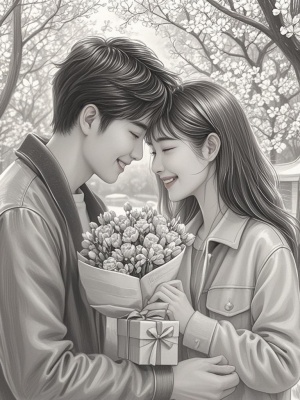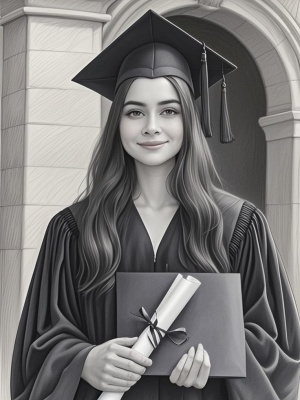The Ultimate Guide to Best Drawing Pencil Sketch Techniques
Introduction
Creating the best drawing pencil sketch requires a combination of the right tools, techniques, and artistic vision. Whether you're a beginner or an experienced artist, mastering pencil sketching can elevate your artwork to new heights. This guide explores essential aspects of pencil sketching, from selecting the right materials to advanced shading techniques.
For those interested in digital alternatives, check out our AI Painting Guide which complements traditional sketching methods.
Choosing the Right Pencils for Sketching
Understanding Pencil Grades
The foundation of the best drawing pencil sketch starts with selecting the appropriate pencils. Graphite pencils come in various grades from 9H (hardest) to 9B (softest). For general sketching, a range of HB, 2B, 4B, and 6B pencils provides excellent versatility.
- H pencils: Create fine, light lines ideal for technical drawings
- B pencils: Produce darker, softer lines perfect for shading
- HB pencil: The balanced middle ground for general sketching

Premium Pencil Brands
Investing in quality pencils from reputable brands like Faber-Castell, Staedtler, or Derwent can significantly improve your sketching experience. These brands offer consistent quality and a wide range of hardness grades.
Essential Sketching Techniques
Basic Strokes and Lines
Mastering fundamental strokes is crucial for creating the best drawing pencil sketch. Practice these essential techniques:
- Hatching: Parallel lines for shading
- Cross-hatching: Layered lines for deeper shadows
- Stippling: Dots for texture and tone
- Circling: Small circular motions for smooth shading
Shading and Texture Creation
Effective shading transforms a simple sketch into a realistic masterpiece. The key is to observe light sources and gradually build up tones. For portrait sketches, pay special attention to facial contours and features.
For inspiration on portrait techniques, visit our gallery showcasing various artistic styles.
Common Sketching Challenges and Solutions
Problem: Uneven Shading
Many artists struggle with patchy or inconsistent shading in their pencil sketches. The solution lies in proper pencil control and using the right pressure.
- Use softer pencils (4B-6B) for darker areas
- Maintain consistent pencil angle
- Build layers gradually

Problem: Smudging
Pencil sketches often suffer from unwanted smudges. Prevent this by:
- Working from top to bottom (for right-handed artists)
- Using a clean sheet of paper under your drawing hand
- Applying fixative spray when finished
Advanced Tips for Professional Results
Elevate your pencil sketches with these professional techniques:
- Use blending stumps for smooth gradients
- Experiment with different paper textures
- Combine pencil grades for dynamic contrast
- Try toned paper for unique effects

For more advanced techniques, explore our AI Art Guide which includes digital enhancements for traditional sketches.
Conclusion
Creating the best drawing pencil sketch requires patience, practice, and the right techniques. By understanding pencil grades, mastering fundamental strokes, and overcoming common challenges, you can produce stunning pencil artwork. Remember that even in our digital age, traditional sketching skills remain invaluable for artists of all levels.
Whether you prefer traditional methods or digital alternatives like those featured in our Portrait to Art Detail guide, the principles of good sketching remain the same - observation, patience, and consistent practice.